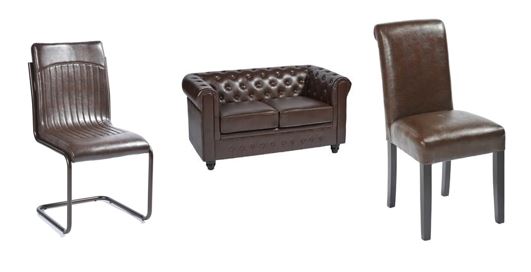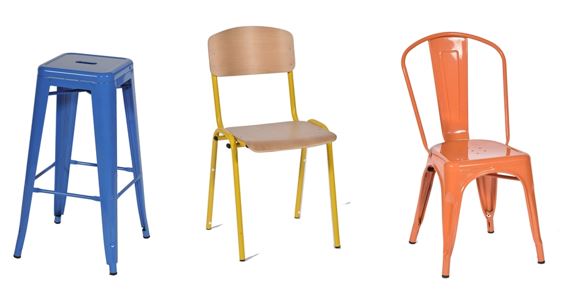Modern minimalism and natural Scandinavian style have dominated design for the past few years, but experts have identified 2019 as the year colour is making a comeback in restaurant design.
How to use colour in a dining space
When dealing with colour in a hospitality space it’s important to remember that colour impacts much more than just the look of a location - people have psychological reactions to colours which can go as far as to affect whether or not they choose to eat at your restaurant.
Shades like blue and purple are less commonly found in eating establishments and food branding as they don’t evoke feelings of hunger and are not associated with natural foods. Using shades like this sparingly can add vibrant pops of colour but all blue walls may not be the best idea if you want to create a welcoming ambience to eat in
On the other hand, oranges and yellows promote feelings of the space being fresh and cheerful. Greens and browns are relaxing and associated with freshness, making them ideal shades to use in restaurants and cafes.
Bearing these colour tips in mind, here are two ways that colour is being utilised in the hospitality sector in 2019:
Deep hues set the atmosphere
Deep and luxurious hues like mustard, deep greens and pewters can add an expensive look to any dining space for a low cost. Pairing these colours with wooden panelling, bespoke lighting and plush leather-style furniture creates a truly luxe feel.
We recommend the Munich Retro Faux Leather Chair, Chesterfield Two Seater Sofa and Rimini Dining Chair in Brown Faux to achieve this look.

Bright shades are back
Bright colours are also being adopted in more and more spaces. Klein blue, phonebooth reds and lemon yellows can lift a space and create a fun atmosphere. This trend is not surprising given Pantone’s energizing colour of the year for 2019; living coral. The shade was chosen as Pantone felt it symbolised ‘our innate need for optimism and joyful pursuits’, and embodies ‘our desire for playful expression’.
Give your hospitality establishment a more playful feel by adding pops of colour in your furniture, artwork and accessories.
We recommend the quirky Bella Tall Stool, Bella Chair and the Retro French School Chair to get this look.
